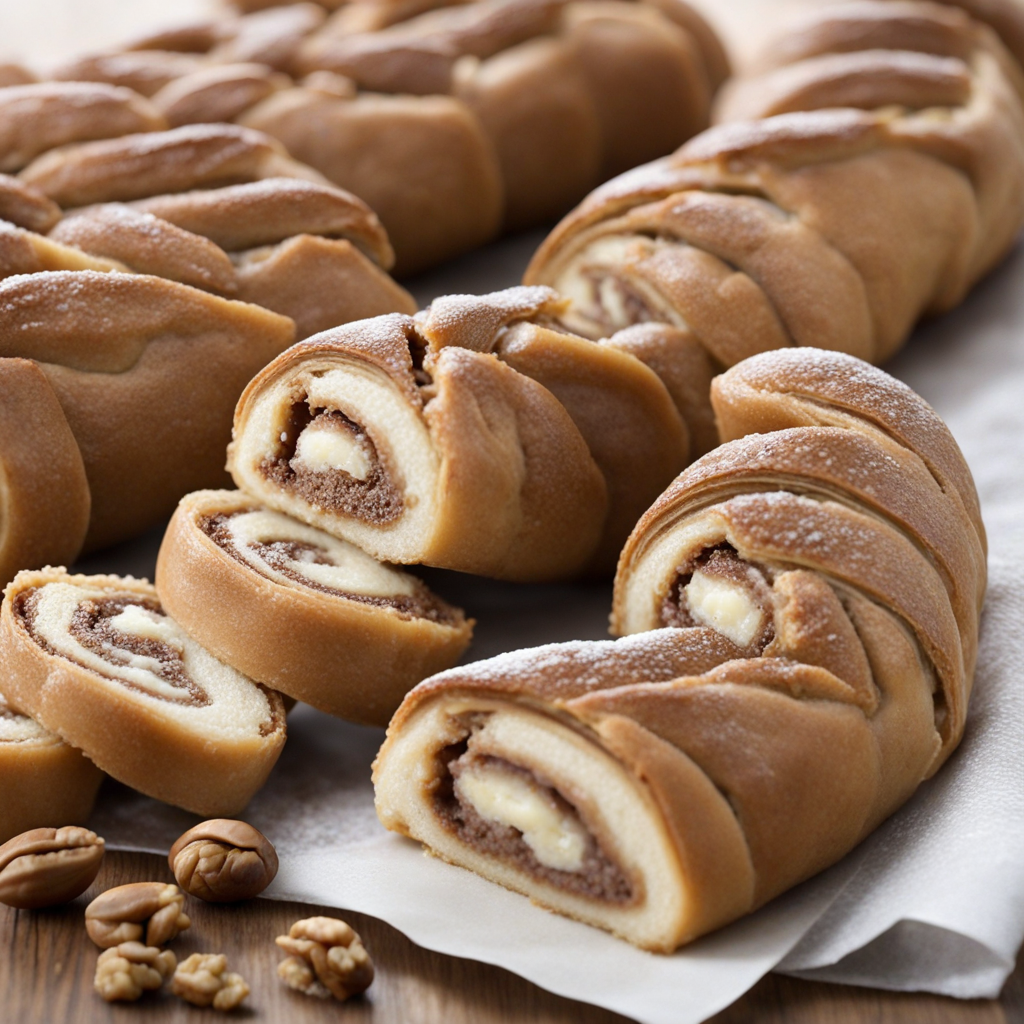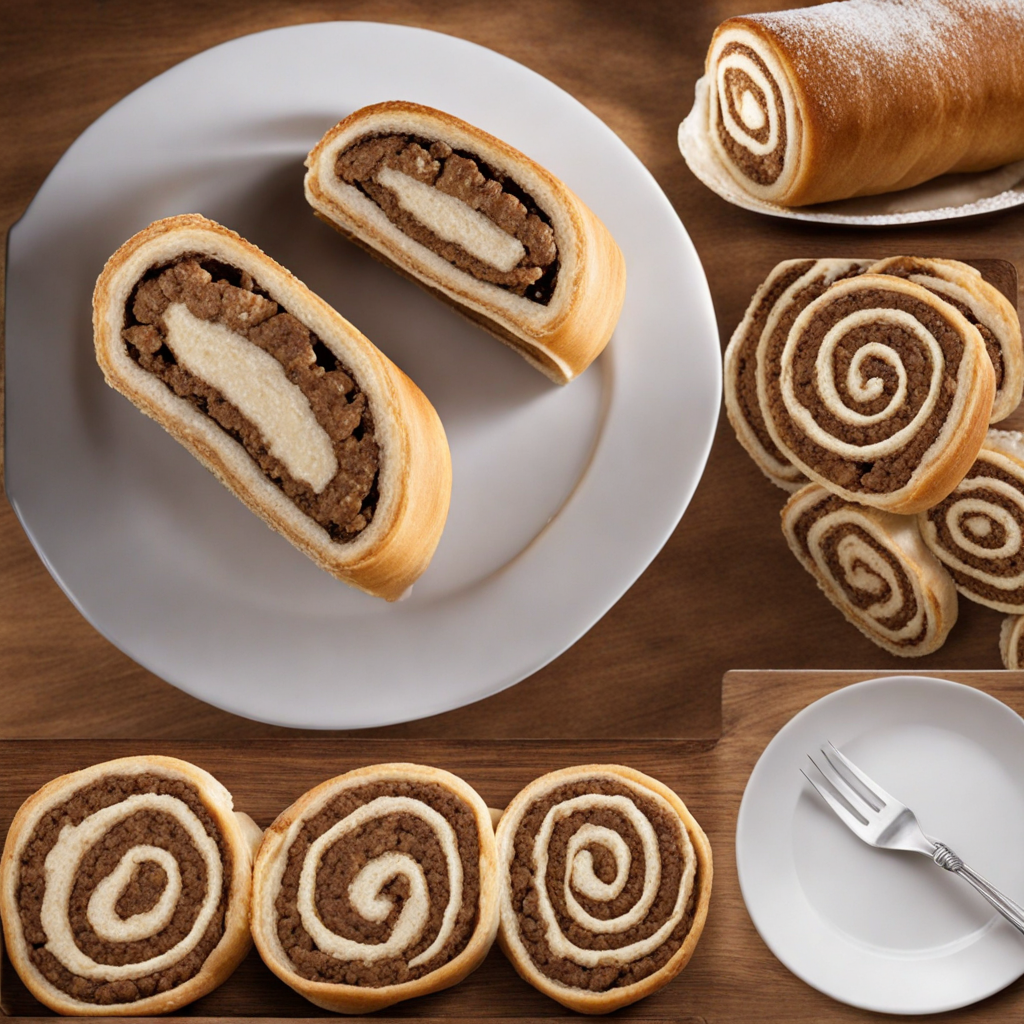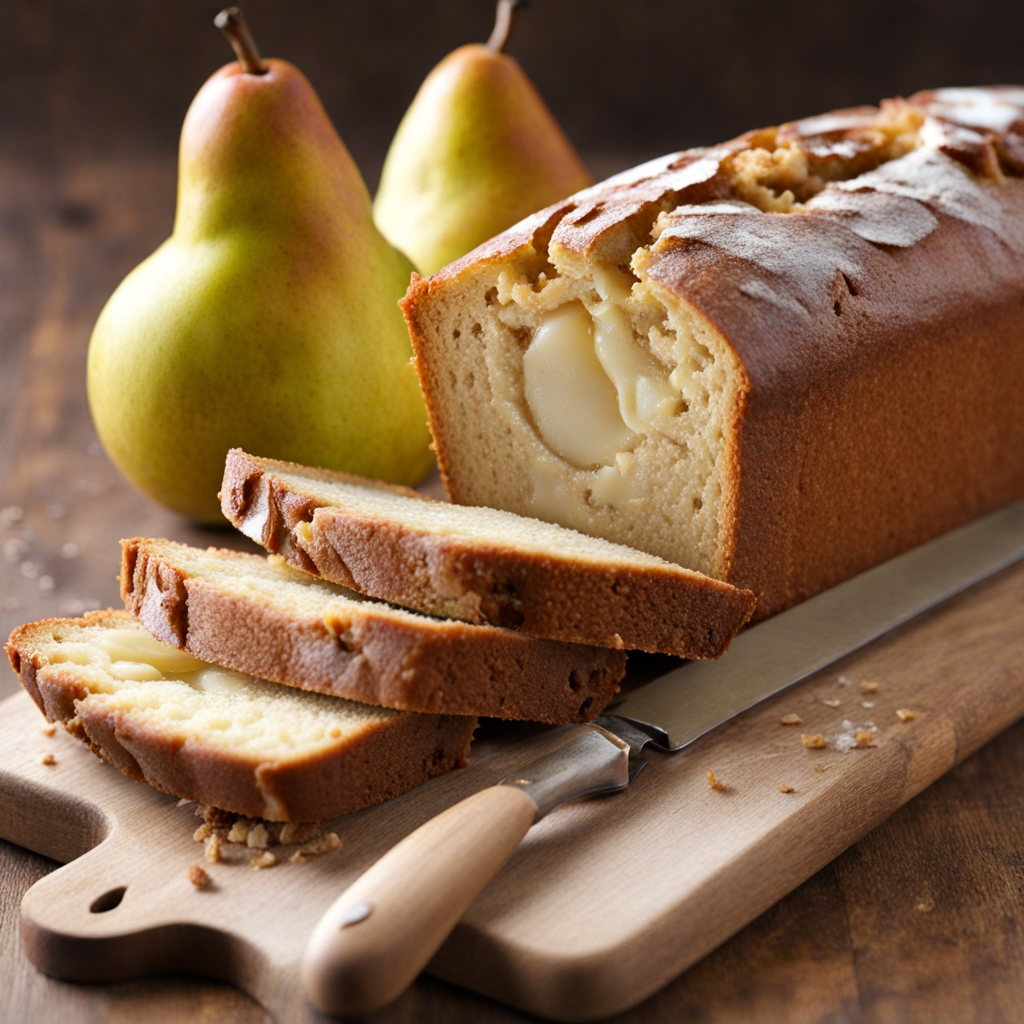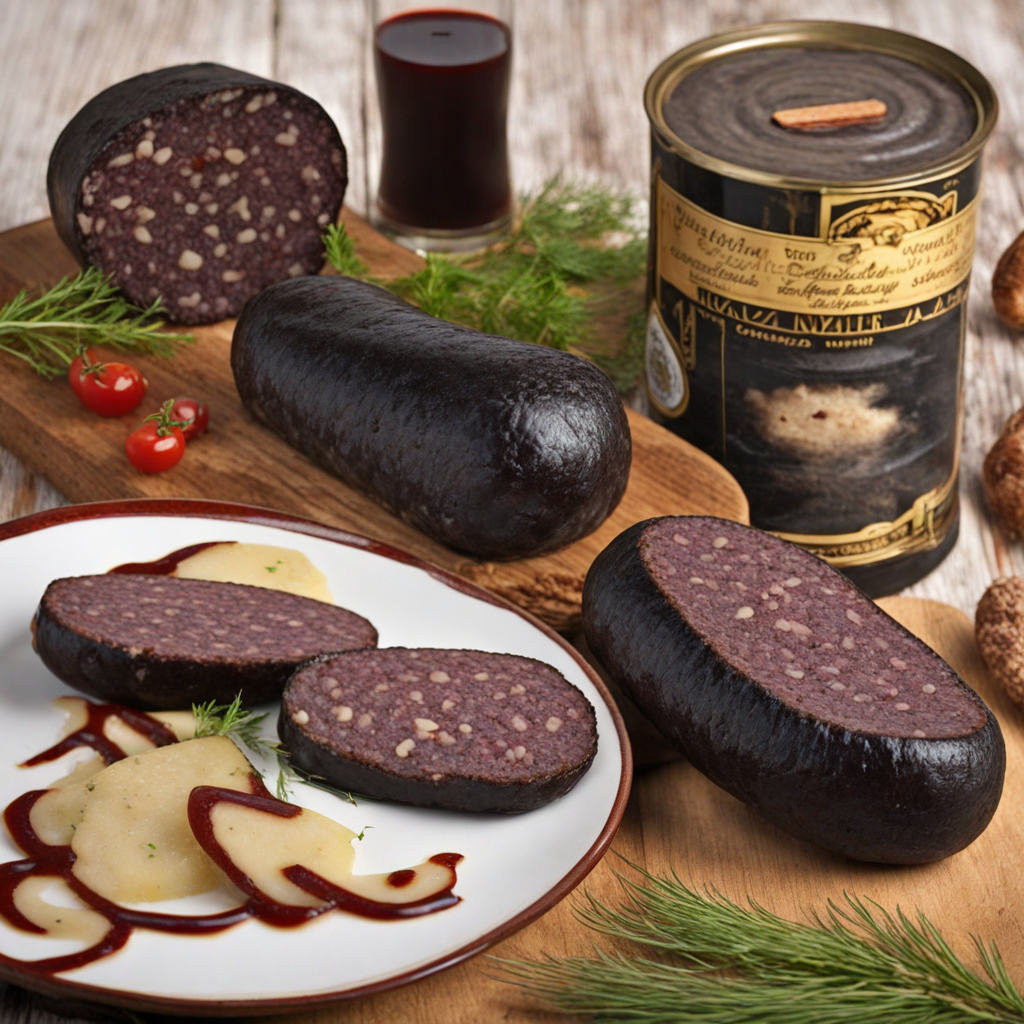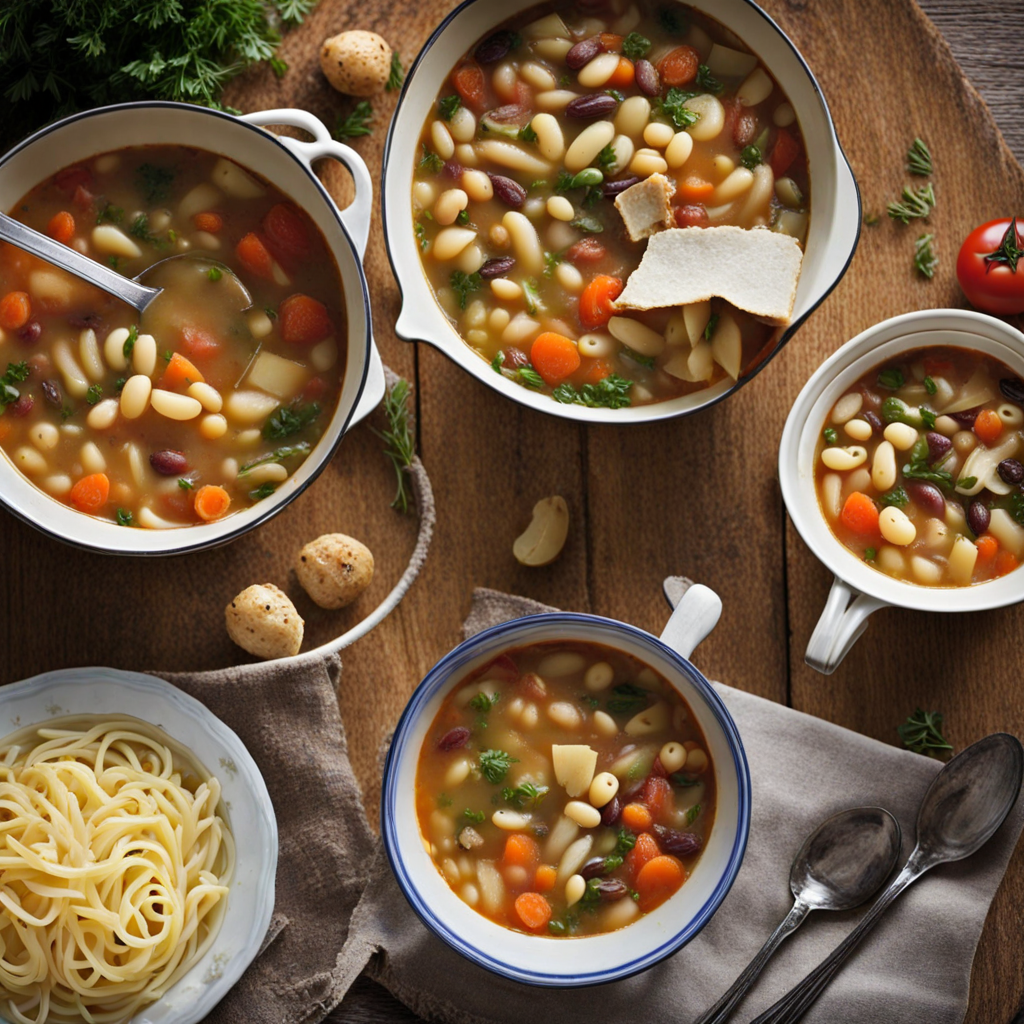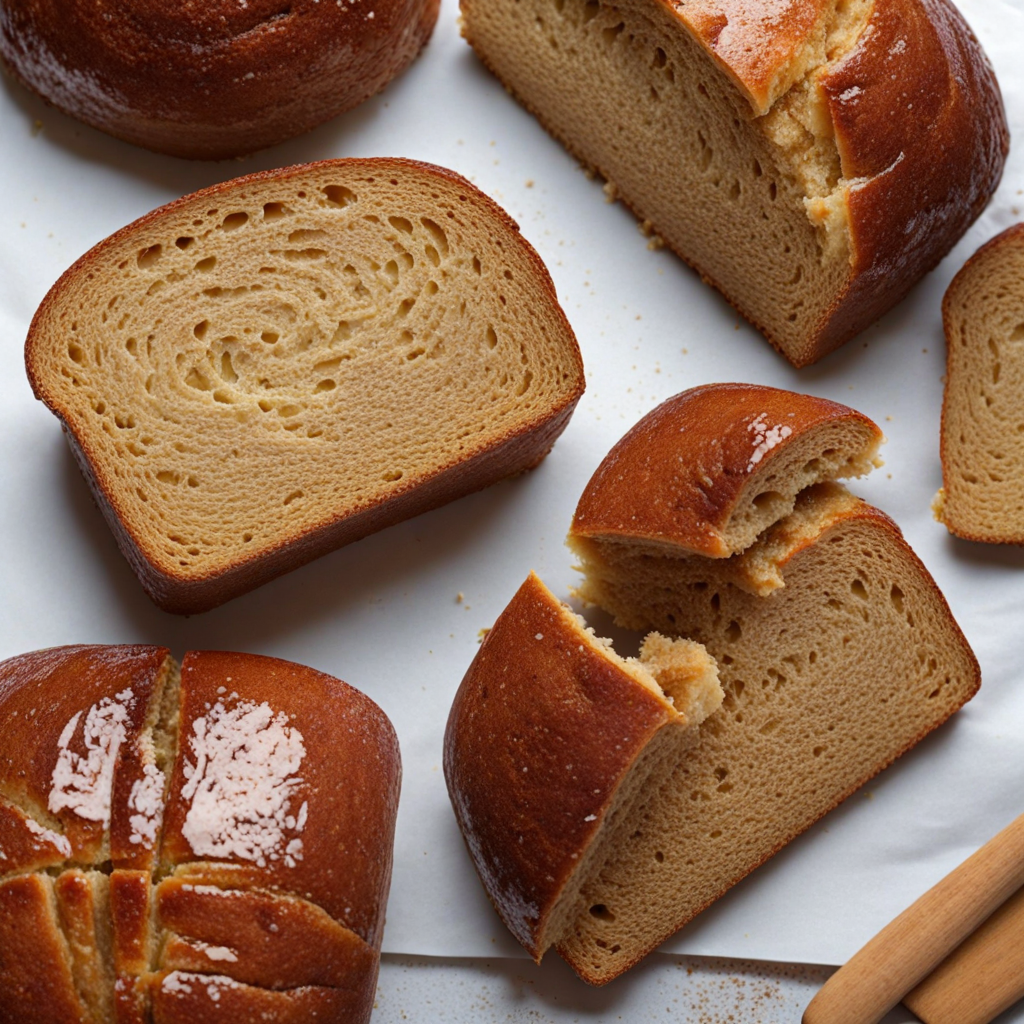Walnut Roll
Walnut Roll, or 'Orehova Potica' as it is known in Slovenia, is a traditional pastry that showcases the rich flavors of walnuts, a staple in Slovenian cuisine. This delightful dessert features a soft, slightly sweet dough that is expertly rolled around a generous filling of finely ground walnuts, sugar, and often a hint of vanilla or cinnamon. The dough is typically enriched with ingredients like sour cream or butter, which contribute to its tender texture and rich flavor, making each bite a luscious experience. The combination of the nutty filling and the fluffy dough creates a wonderful contrast that is both satisfying and indulgent. As you take a bite of the Walnut Roll, you'll be greeted by the warm, earthy flavor of the walnuts, which is complemented by the sweetness of the filling. The addition of spices like cinnamon or the creamy notes from the dairy enriches the taste profile, making it a comforting treat perfect for any occasion. This pastry is often enjoyed during festive gatherings, holidays, or family celebrations, symbolizing togetherness and tradition in Slovenian culture. The method of preparation can vary slightly from family to family, ensuring that each Walnut Roll has its unique touch, yet all share the same core flavors that make this dessert so beloved. Visually, the Walnut Roll is an impressive sight, with its beautiful spiral pattern revealing the intricate layers of dough and filling. Once baked, it takes on a golden-brown hue, enticing anyone nearby with its irresistible aroma. Served warm or at room temperature, it is often sliced into generous portions, making it perfect for sharing. Whether enjoyed with a cup of coffee or tea, or as a sweet ending to a hearty meal, Walnut Roll invites you to experience the warmth and hospitality of Slovenian culinary traditions, providing a taste that is both nostalgic and utterly delightful.
How It Became This Dish
Orehova Rolada: A Sweet Slice of Slovenian Heritage Orehova rolada, or walnut roll, is a beloved traditional dessert in Slovenia, embodying the rich tapestry of the country's culinary heritage. This delightful pastry, characterized by its rolled shape and a sweet walnut filling, serves not just as a delicious treat but also as a symbol of cultural identity, community, and tradition. Origins and Historical Context The roots of orehova rolada can be traced back to the culinary practices of the Slavic peoples who inhabited the region. Nuts, particularly walnuts, have held significant importance in Eastern European cuisines for centuries, as they are not only nutritious but also readily available. The walnut tree, known as "oreh" in Slovene, has been cultivated in Slovenia since ancient times, with evidence of its use in local diets dating back to the Roman era. Slovenia's diverse geography, ranging from mountainous regions to fertile plains, has led to a rich agricultural landscape. Walnuts thrive in the temperate climate, and their popularity in local cuisine can be attributed to their versatility. They can be used in savory dishes, salads, and, most notably, desserts. Orehova rolada emerged as a way to showcase this treasured nut, combining it with simple ingredients such as flour, sugar, eggs, and milk, which were staples in many households. Cultural Significance Orehova rolada holds a special place in Slovenian culture, particularly during festive occasions and family gatherings. It is often made during major holidays like Christmas and Easter, symbolizing the warmth of family and the joy of celebration. The process of making the roll becomes a communal activity, where family members gather to prepare the dough and filling, passing down recipes and techniques from generation to generation. This act of cooking together fosters a sense of belonging and continuity, reinforcing familial bonds and cultural identity. The dessert also serves as a representation of Slovenia's agricultural heritage. As many Slovenes still take pride in their ability to cultivate and harvest walnuts, orehova rolada becomes a reflection of the land and its bounty. The presence of this dessert on tables during significant events highlights the importance of seasonal ingredients and the connection to the earth. The Recipe and Preparation The classic preparation of orehova rolada involves creating a thin dough made from flour, eggs, sugar, and a dash of salt. The dough is rolled out and baked until slightly golden. While the dough cools, a rich filling is prepared using finely ground walnuts mixed with sugar, cocoa powder, and sometimes a splash of rum or milk to enhance the flavor. This mixture is spread evenly over the baked dough, and the pastry is carefully rolled up into a log shape. Once rolled, the orehova rolada is typically dusted with powdered sugar or glazed with a chocolate coating, adding an extra layer of sweetness. The roll is then sliced into generous pieces, revealing the beautiful spiral of walnut filling inside—a visually appealing treat that is as pleasing to the eye as it is to the palate. Evolution Over Time As Slovenia has evolved through its history—from a part of the Austro-Hungarian Empire to a Yugoslav republic and finally gaining independence in 1991—so too has the culinary landscape. Orehova rolada has remained a constant, yet its preparation and presentation have adapted to contemporary tastes. Modern bakers may experiment with various fillings, incorporating ingredients like spices or even fruit to create unique variations while still honoring the traditional base. In recent years, there has been a resurgence of interest in traditional Slovenian cuisine, with many chefs and home cooks alike seeking to revive and innovate recipes that reflect the country's history. Food festivals celebrating regional specialties often feature orehova rolada, showcasing not only its deliciousness but also its cultural significance. This renewed appreciation for traditional dishes has fostered a sense of national pride and identity, as Slovenians share their culinary heritage with the world. Orehova Rolada in the Global Context In the broader context, orehova rolada is part of a larger tradition of nut-based pastries found throughout Europe and beyond. Similar rolled cakes can be found in various cultures, such as the Hungarian bejgli or the Italian strudel, each with its unique ingredients and methods. The similarities and differences among these pastries highlight the interconnectedness of culinary traditions across borders, showcasing how cultures influence one another through food. Slovenia's growing reputation as a gastronomic destination has also brought orehova rolada to the attention of international food enthusiasts. As culinary tourism flourishes, visitors to Slovenia are eager to experience authentic local dishes, and orehova rolada often finds its way onto the menus of restaurants and cafes across the country. This exposure not only helps to preserve traditional recipes but also introduces the flavors of Slovenia to a global audience. Conclusion Orehova rolada stands as a testament to Slovenia's rich cultural heritage, reflecting the history, traditions, and agricultural bounty of the region. It is more than just a dessert; it is a symbol of family, community, and identity. As generations continue to gather around the kitchen to create this beloved dish, the essence of orehova rolada remains rooted in the values of togetherness and celebration. In an ever-evolving world, orehova rolada serves as a reminder of the importance of culinary traditions in connecting us to our past while forging a path toward the future. Whether enjoyed during a festive occasion or a quiet family gathering, each slice of orehova rolada carries with it the flavors of history, culture, and the enduring bonds of family, making it a cherished dish in Slovenian kitchens and beyond.
You may like
Discover local flavors from Slovenia


